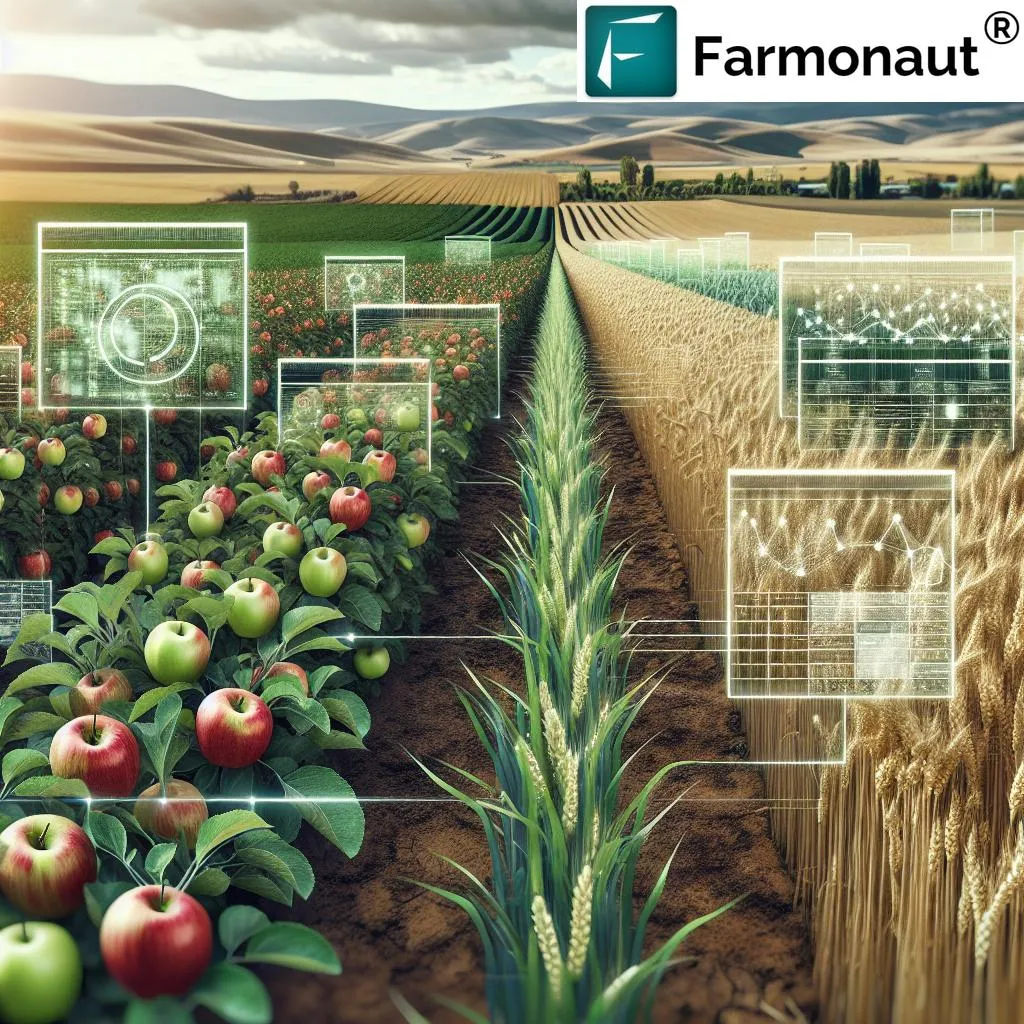In the heart of Morocco, researchers are cultivating a new era of agricultural innovation, and their findings could soon ripple through global farming practices. Marieme Seif-Ennasr, a leading figure from the Hassan II Institute of Agronomy and Veterinary Medicine in Rabat, has spearheaded a comprehensive review of artificial intelligence (AI) applications in modern agriculture, published in IEEE Access, which translates to “Access to Electrical and Electronics Engineers.” The study, a meticulous analysis of 200 research papers from 2019 to 2024, offers a roadmap for integrating AI into agricultural systems, promising to enhance efficiency, sustainability, and productivity.
Seif-Ennasr’s team uncovered a significant trend: hybrid AI architectures are dominating the field, combining the best of different AI models to achieve remarkable accuracy—up to 94% in disease detection and crop monitoring. “Hybrid adaptation approaches are proving to be superior,” Seif-Ennasr explained, highlighting their ability to balance performance and resource requirements. This is a game-changer for farmers, who can now rely on more accurate and efficient tools to monitor crop health and predict yields.
The review also shed light on the growing adoption of data-efficient learning approaches, particularly transfer learning. This method, which leverages pre-trained models to adapt to new tasks with limited data, has seen a surge in popularity, increasing from 30% to 45% of studies. This is crucial for agriculture, where data can be scarce and expensive to collect. “Data-efficient methodologies are addressing a critical challenge in agricultural contexts,” Seif-Ennasr noted, emphasizing the importance of these approaches in making AI more accessible and practical for farmers.
However, the journey towards widespread AI adoption in agriculture is not without its hurdles. The review identified several implementation challenges, including economic feasibility, ethical considerations, system robustness, and adoption barriers for smallholder farmers. These challenges underscore the need for inclusive and sustainable technological development, ensuring that the benefits of AI are accessible to all, regardless of scale or resources.
The implications of this research extend far beyond the fields of Morocco. As the global population continues to grow, the demand for efficient and sustainable agricultural practices will only increase. AI-driven technologies, as highlighted by Seif-Ennasr’s work, offer a promising solution to meet this demand. By enhancing crop monitoring, predicting disease outbreaks, and optimizing resource use, these technologies can help farmers increase yields while minimizing environmental impact.
Moreover, the insights from this review can guide future research and development in the field. By understanding the current trends and challenges, researchers can focus their efforts on areas that promise the most significant impact. This could lead to the development of more robust and adaptable AI systems, tailored to the unique needs of different agricultural contexts.
In the words of Seif-Ennasr, “This review provides a comprehensive framework for understanding the current AI applications in agriculture and establishes priorities for sustainable and inclusive agricultural technology development.” As we look to the future, her work serves as a beacon, illuminating the path towards a more efficient, sustainable, and inclusive agricultural landscape.

